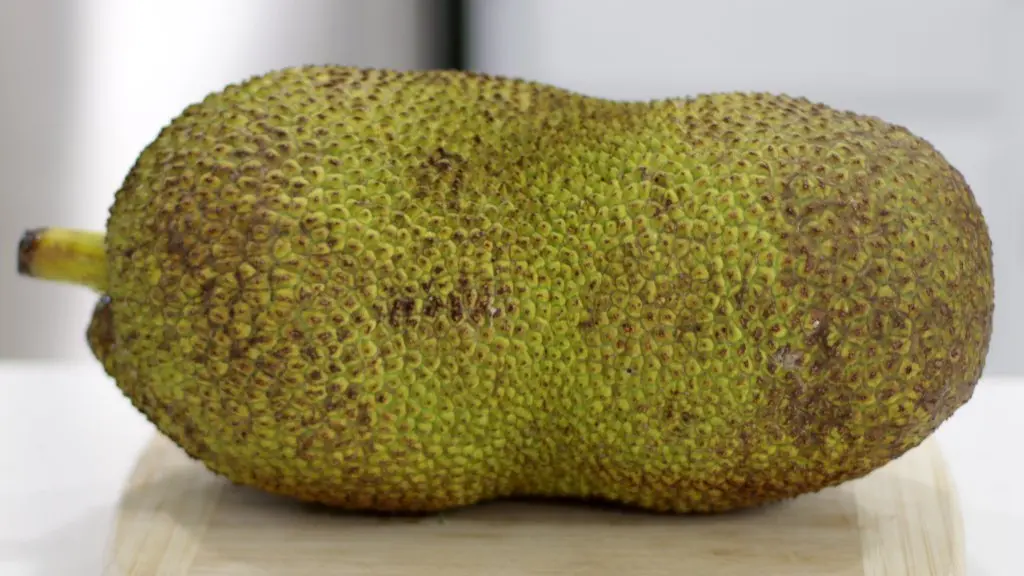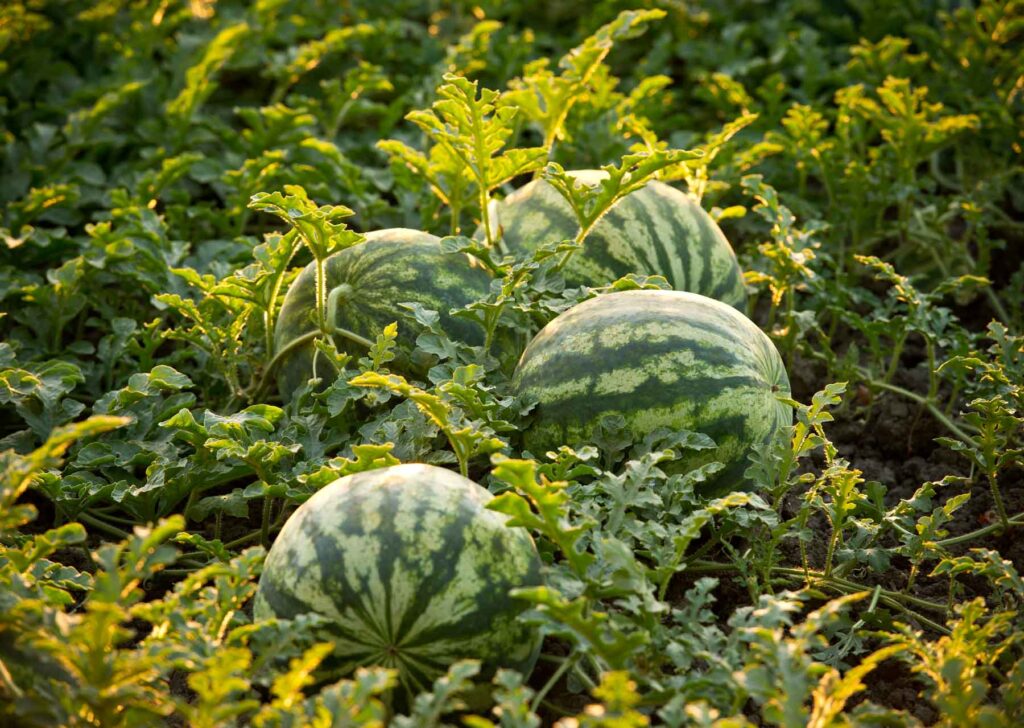Dragon fruit is a tasty exotic fruit that you can grow at home from either seeds or cuttings. Here’s an easy-to-follow guide on how to do both:
Table of Contents
- How to Start Dragon Fruit from Seeds:
- How to Grow Dragon Fruit from Cuttings:
- Creating the Ideal Environment for Dragon Fruit Growth
- Light Needs for Dragon Fruit
- Best Soil for Dragon Fruit
- The Right Temperature and Moisture for Dragon Fruit
- Watering and Drainage
- Supporting and Training Dragon Fruit Plants
- Feeding Your Dragon Fruit Plants
- How to Feed Your Dragon Fruit Plant
- Keeping Your Dragon Fruit Plant Trimmed and Healthy
- Fighting Off Bugs and Sickness
- Bugs
- Sickness
- When and How to Pick Dragon Fruit
- How to Keep and Enjoy Dragon Fruit
- Wrapping It Up
How to Start Dragon Fruit from Seeds:

- First, get seeds from a ripe dragon fruit or buy them from a trusted store.
- Soak the seeds in water for a day. This softens their outer coating and helps them sprout better.
- Get a tray or pot with holes at the bottom for good water flow. Fill it with soil that lets water drain well, and plant the seeds about 1/4 inch deep.
- Water the seeds carefully. The soil should be damp but not too wet, as too much water can harm them.
- Place the seed tray or pot in a warm place that gets lots of light. The ideal temperature is about 70-80°F.
- Wait for the seeds to sprout. This can take a few weeks, so be patient and keep the soil moist.
- When the little plants are big enough, move them to a bigger pot or outside where the soil drains well and they can get sunlight.
How to Grow Dragon Fruit from Cuttings:

- Pick a healthy cutting from an adult dragon fruit plant or buy one that’s known to be good quality.
- Prepare a pot with fast-draining soil and poke a hole with your finger or a pencil.
- Place the cutting in the hole so that at least two sections are underground.
- Water it just enough to make the soil moist, not soggy.
- Set the pot in a sunny area and maintain a warm temperature similar to growing from seeds.
- It takes a few weeks for the cutting to take root. Keep the soil slightly damp until it’s stable and growing.
- When new growth appears, move the plant to a bigger pot or into the ground where it can get sun and has soil that doesn’t hold water too long.
If you’re new to gardening or just want a plant that grows quicker, starting with cuttings is a good way to go. Whether you use seeds or cuttings, make sure to give your dragon fruit plants lots of light, soil that drains well, and the right nutrients to grow strong.
Creating the Ideal Environment for Dragon Fruit Growth
To help your dragon fruit plants do well, you need to create a good environment for them. These plants love warm, tropical climates, but you can also grow them in cooler places with the right care.
Light Needs for Dragon Fruit
Dragon fruit needs about six hours of sunlight every day. Pick a sunny spot in your garden or use lights for growing plants indoors. In places with very hot summers, you might want to give them some shade when it’s the hottest.
Best Soil for Dragon Fruit
These plants like soil that lets water through easily and has a pH that’s a bit acidic to neutral. Sandy loam soil is great because it can drain but also holds just enough moisture. If the soil where you live is heavy, adding compost or coconut fibers can make it better for dragon fruit.
The Right Temperature and Moisture for Dragon Fruit
Dragon fruit plants love warm weather between 65°F and 90°F. They can’t survive frost or very cold weather. If you’re in a cold area, grow them in pots that can be moved inside when it gets cold.
As for humidity, they prefer it to be on the higher side. If your climate is dry, mist the plants or use a humidifier to help them stay happy.
Watering and Drainage
Watering your dragon fruit right is very important. Water deeply but not too often. Let the soil get a bit dry between each watering. Be careful not to water too much because that can make the roots rot, especially if the soil doesn’t let water out well.
In hot places or during summer, you might need to water more to stop the plants from getting too dry. But remember, too much water isn’t good either.
Supporting and Training Dragon Fruit Plants
Dragon fruit is a type of cactus that climbs, so it needs something to hold onto. Using a trellis helps it grow up and saves space. Here’s how to give your dragon fruit the support it needs:
- Set up a strong trellis in the garden where you’ll plant them. Make sure it’s high enough for the full-grown plants.
- Allow some space around the base for air to flow and for the plant to spread.
- Tie the young plants to the trellis with soft ties. Don’t use anything too tight that could hurt the plant as it gets bigger.
- As the plant grows, keep tying it to the trellis. Check the ties from time to time so they don’t squeeze the stems.
Using a trellis not only helps the plants stand tall but also keeps the fruit off the ground. This lowers the chance of rot and pests.
Feeding Your Dragon Fruit Plants
Your dragon fruit plants will also need food to grow strong and healthy. Use a balanced fertilizer that has equal amounts of nitrogen, phosphorus, and potassium. You can find this type of fertilizer at most garden stores. Apply it according to the package instructions during the growing season, which is usually from spring through fall.
Remember to also add some compost or manure to the soil once a year. This will give the plants extra nutrients and help the soil stay fertile.
Keeping an eye on your dragon fruit plants and taking good care of them can lead to delicious fruit. Enjoy watching them grow!
How to Feed Your Dragon Fruit Plant
To make sure your dragon fruit plant grows strong and gives lots of fruit, you need to feed it the right way. Here’s what you should do:
- Pick a good food (fertilizer) made for cacti or succulents that releases its nutrients slowly.
- Follow the directions on the food’s package, which usually means feeding your plant every 2 or 3 months when it’s growing.
- Be careful not to give it too much food. This can make the plant grow lots of leaves but not as much fruit.
- Before you plant, mix some compost or old manure into the soil to make it richer.
Watch your plants to see if they look like they’re missing anything, like if the leaves turn yellow or the plant doesn’t grow well. If something’s wrong, you might need to change how much food you’re giving them.
Keeping Your Dragon Fruit Plant Trimmed and Healthy
Trimming your dragon fruit plant is a big part of taking care of it. It helps the plant stay in shape, lets air flow around it better, and gets rid of sick or broken parts. Here are tips for doing a good trimming job:
- Cut the plant when it’s not growing much, like in winter or early spring before new leaves and stems come out.
- Take off any parts that are dead, look sick or are broken.
- Trim down parts that are growing too much so the plant isn’t too crowded and so sunlight can reach everywhere better.
- Take off little shoots or suckers from the bottom of the plant to help the big stems grow better.
Dragon fruit plants don’t need a lot of trimming, but cleaning them up once in a while will help them stay healthy and make lots of fruit.
Fighting Off Bugs and Sickness
Dragon fruit plants are pretty tough and usually don’t get sick or have bug problems, but you still need to keep an eye on them. Protect your plant from these common enemies:
Bugs
- Mealybugs: Little white bugs that can get on the stems and fruit. You can get rid of them with soap that kills insects or oil from the neem tree.
- Scale insects: These bugs stick to the stems and take the plant’s juices. You can pick them off or use oil made for plants to deal with them.
- Ants: Ants like the sweet stuff that comes from the flowers. They don’t hurt the plant directly, but they might help other bugs. Use baits for ants or natural ways to keep them away.
Sickness
- Root rot: If you water too much or the dirt doesn’t drain well, the roots can rot. Make sure the ground drains well and be careful not to water too much.
- Stem rot: If it’s too wet and there’s not enough air around the plant, the stems can rot. Cut off the bad parts and help air move better around your plant.
Always look at your plants to notice if bugs or sickness are starting. It’s easier to stop these problems early before they spread too much.
When and How to Pick Dragon Fruit
Picking dragon fruit is one of the most fun parts of growing them. Depending on which kind you have, you’ll pick them 30 to 50 days after the flowers bloom. Here’s how you do it:
- Watch the fruit change color. It could go from green to red, or from yellow to pink, depending on the type.
- Turn the fruit gently to take it off the stem. If it’s ready, it should come off without much trouble.
- If twisting doesn’t work, you can use something sharp like scissors or a knife to cut the fruit from the plant.
Remember to be gentle with the fruits. They can get marks easily. After picking, you can keep dragon fruits in the fridge for about a week.
How to Keep and Enjoy Dragon Fruit
Dragon fruit tastes best when it’s fresh. Here’s what you can do to store and enjoy your fruit:
- Keep ripe dragon fruits cool in the fridge to make them last longer. Put them in a bag with holes or a container that lets air in so they don’t get too wet inside.
- Before you eat them, wash the fruits well and slice them down the middle. You can scoop out the inside with a spoon or cut it into pieces to eat or snack on.
- You can just eat dragon fruit by itself, mix it into salads with other fruits, blend it into smoothies, or use it as a decoration on desserts.
The bright colors and sweet flavor of dragon fruit make it a fun and tasty choice for many different recipes.
Wrapping It Up
Growing dragon fruit from seeds or pieces (cuttings) can be very rewarding. It lets you enjoy beautiful plants and yummy fruit from your own garden. Follow the steps we talked about, and you can grow your own dragon fruit plants and get lots of fruits from them.
Make sure to give the plants the right space to grow, use a support (trellis) for them, and take good care of them with water, food, trimming, and keeping bugs and sickness away. If you’re patient and work hard, you’ll get to taste the special flavors of dragon fruit you’ve grown yourself.
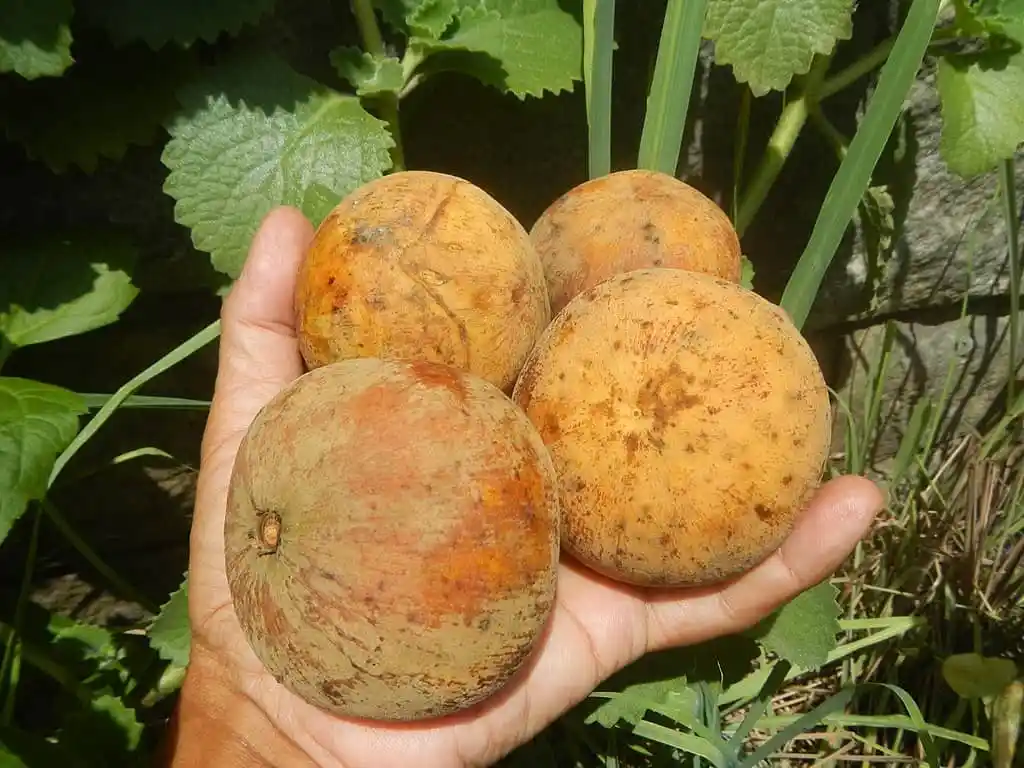

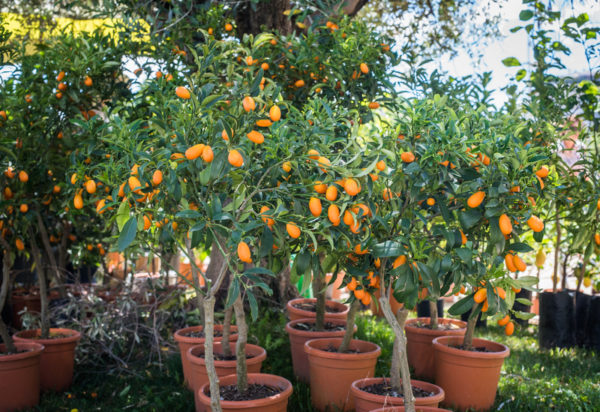
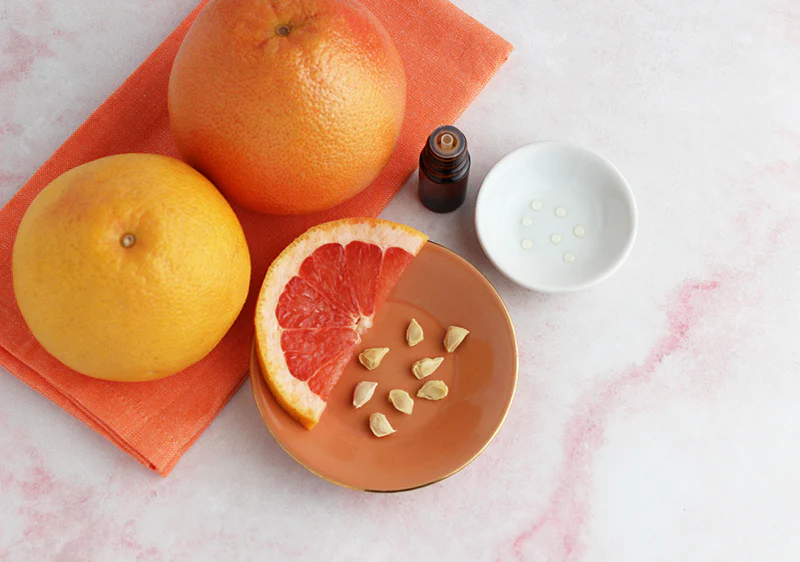
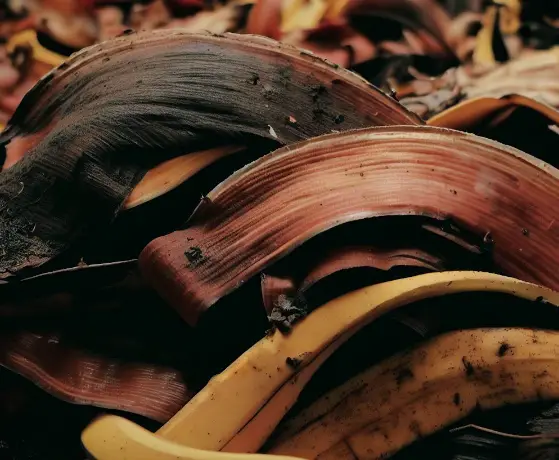
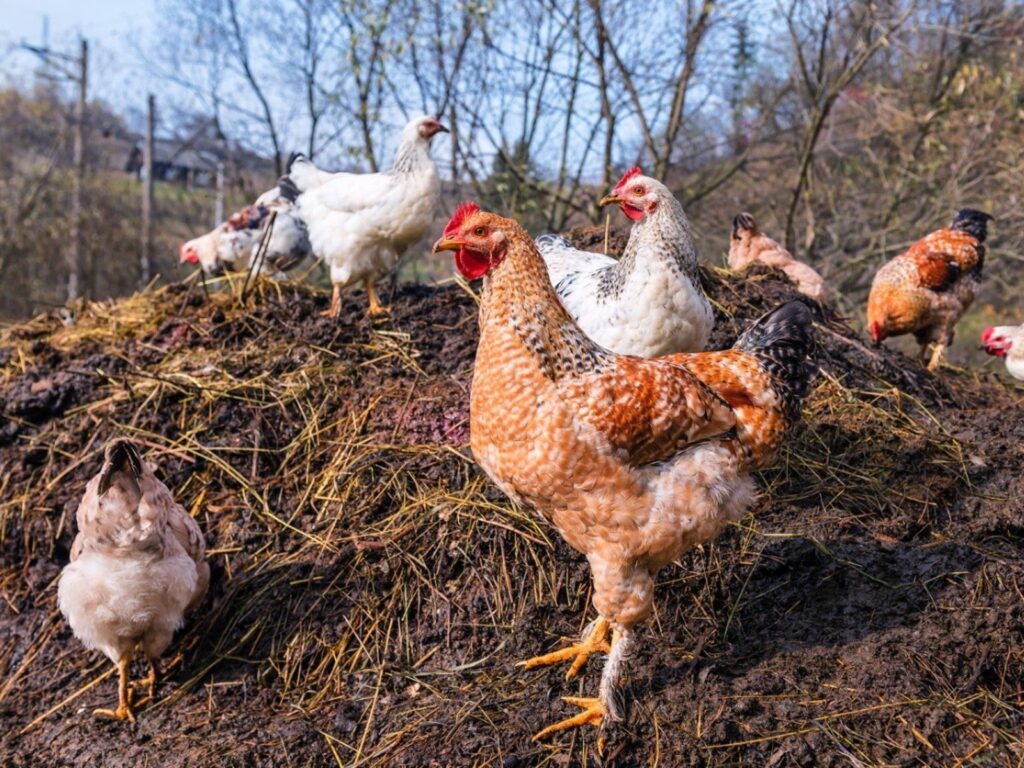
![What Kind Of Fruits Grow On Palm Trees? [10 Most Common Ones]](https://fruitonix.com/wp-content/uploads/2023/08/image-126-1024x683.png)

